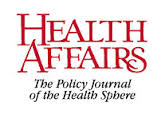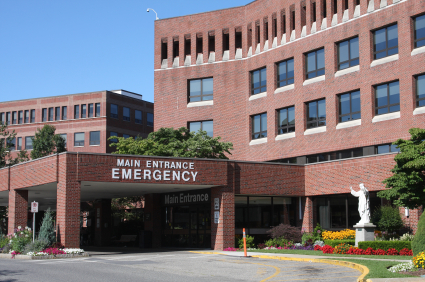New Study Questions 30-Day Readmissions as Measure of Hospital Quality
Hospital readmissions within 30 days of discharge may not be a good way of judging the quality of care hospitals provide, a new study suggests.
Seven days may be more like it.
According to a new study published in the journal Health Affairs, the impact of the quality of care a hospital provides appears to be most evident immediately upon patients’ discharge from the hospital.
 Further, the study suggests,
Further, the study suggests,
… most readmissions after the seventh day postdischarge were explained by community- and household-level factors beyond hospitals’ control.
The researchers’ conclusion?
Shorter intervals of seven or fewer days might improve the accuracy and equity of readmissions as a measure of hospital quality for public accountability.
The findings call into question the approach employed by Medicare through its’ hospital readmissions reduction program. Some of the issues the study cites – community and household factors – are the very kinds of challenges that Pennsylvania’s safety-net hospitals face far more often than the typical community hospital in the state.
To learn more about how the study was performed and what its implications might be, go here to see the Health Affairs study “Rethinking Thirty-Day Hospital Readmissions: Shorter Intervals Might Be Better Indicators Of Quality Of Care.’





